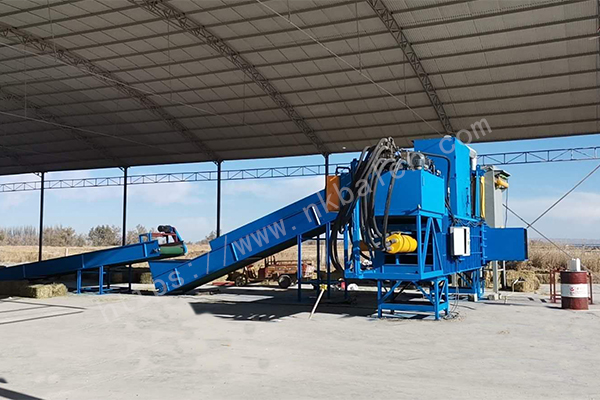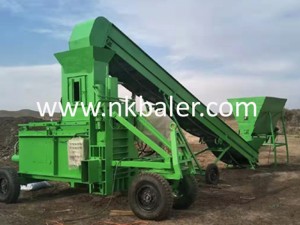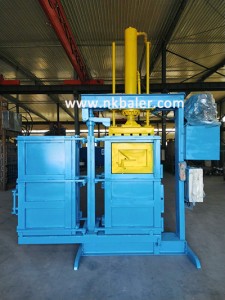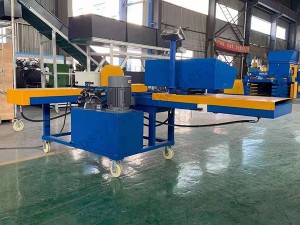Wood Sawdust Baler Machine
NKB240 Wood Sawdust Baler Machine is from Nick Machinery horizontal hydraulic balers are controlled by PLC with easy button operations.
As we all know ,the wood sawdusts are light, loose, and fluffy which is difficult for storage and transportation. Therefore, they are usually sold in bales in the market.
Purchase compressed and wrapped wood sawdust bales are affordable and more cost-effective for customers because the compressed down baled wood shavings are 4 times smaller than their original size which creates more space for you to store more shavings. They are much easier to handle, stack, and also getting protected from mould.
Get to know which wood sawdust baler is perfect for your organization's operations. Usually, it depends on your desired final bale size, bale weight, and capacity. These wood sawdust balers can be supplied with a bag sealing machine which is used to seal the final bale automatically instead of manpower.for more details ,pls kindly contact us at anytime ...https://www.nkbaler.com
1.World famous brand of Siemens PLC to promise you run the machine without any worry.
2.Strong structure of the machine, reliable, stable and durable, let you make more money.
3.Stable hydraulic system to keep the machine run well.
4.Adopts simple structure, easy to operate and maintain.
5.24 hours reply, video, phone call, email support, if any question, we response at first time.
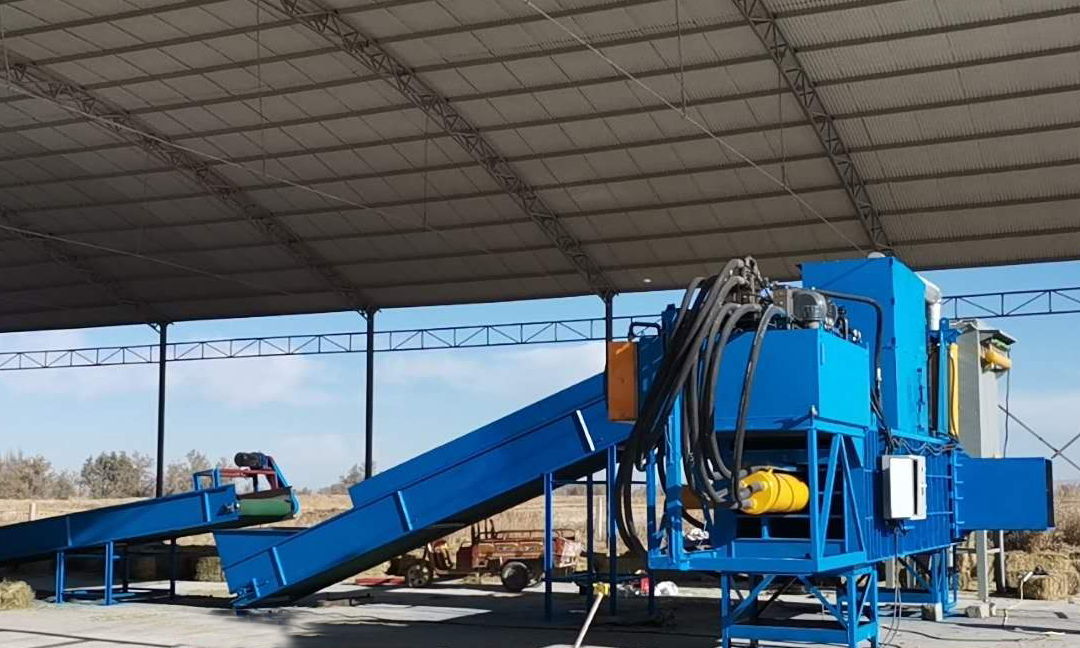
| Model | NKB240 |
| Hydraulic power | 130/110Ton |
| bale size(L*W*H) | 600*400*300mm |
| Feed opening size/(L*H) | 1000*600mm |
| Packing materials | rice husk/sawdust |
| Output capacity | 150bale/hour |
| Capability | 4.5-6T/hour |
| Voltage | 200-480V/50HZ |
| strapping | Plastic bags |
| Power | 30KW/40HP |
| Machine size(L*W*H) | 3840*2640*2580mm |
| Feeding Way | Screw Conveyor |
| Weight | 5.1T |
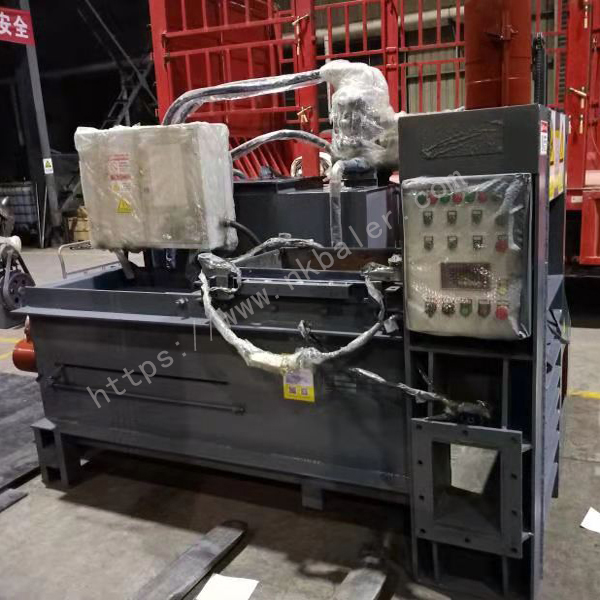

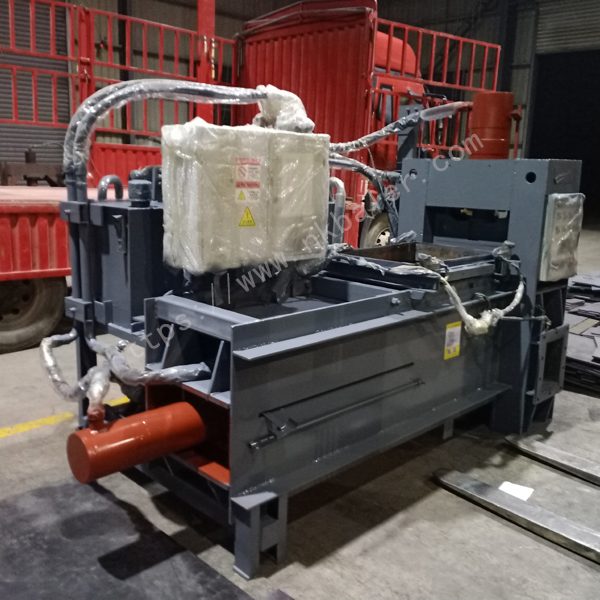
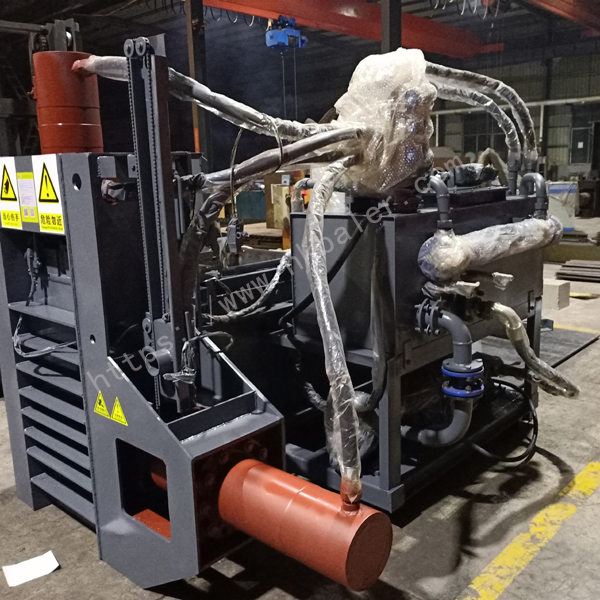
A waste paper baling press machine is a piece of machinery used for recycling paper waste into bales. It typically consists of a series of rollers that transport the paper through a series of heated and compressed chambers, where the paper is compacted into bales. The bales are then separated from the residual paper waste, which can be recycled or reused as other paper products.
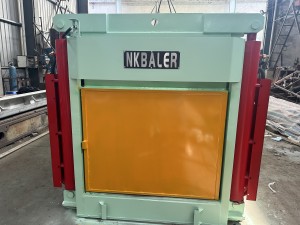
Waste paper baling press machines are commonly used in industries such as newspaper printing, packaging, and office supplies. They help to reduce the amount of waste sent to landfills and promote sustainable practices by recycling valuable resources.
The baling press for waste paper is a machine used in recycling facilities to compact and compress large amounts of paper waste into bales. The process involves feeding the waste paper into the machine, which then uses rollers to compress the material and form it into bales. Baling presses are commonly used in recycling centers, municipalities, and other facilities that handle large volumes of waste paper. They help to reduce the amount of waste sent to landfills and promote sustainable practices by recycling valuable resources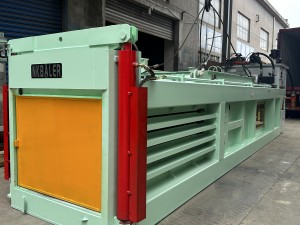
A waste paper baler is a machine used to compact and compress large amounts of waste paper into bales. The process involves feeding the waste paper into the machine, which then uses rollers to compress the material and form it into bales. Waste paper balers are commonly used in recycling centers, municipalities, and other facilities that handle large volumes of waste paper. They help to reduce the amount of waste sent to landfills and promote sustainable practices by recycling valuable resources.as more information ,pls visit us :https://www.nkbaler.com/
waste paper baling press is a machine used to compact and compress large amounts of waste paper into bales. The process involves feeding the waste paper into the machine, which then uses heated rollers to compress the material and form it into bales. Waste paper baling presses are commonly used in recycling centers, municipalities, and other facilities that handle large volumes of waste paper. They help to reduce the amount of waste sent to landfills and promote sustainable practices by recycling valuable resources.
Waste paper baling press machine is a piece of equipment used to recycle waste paper into bales. It is an essential tool in the recycling process, as it helps to reduce the amount of waste sent to landfills and promote sustainable practices by recycling valuable resources. In this article, we will discuss the working principle, types of waste paper baling press machines, and their applications.
The working principle of waste paper baling press machine is relatively simple. The machine consists of several compartments where the waste paper is fed into. As the waste paper moves through the compartments, it is compacted and compressed by heated rollers, which form the bales. The bales are then separated from the residual paper waste, which can be recycled or reused as other paper products.
Waste paper baling press machines are widely used in industries such as newspaper printing, packaging, and office supplies. They help to reduce the amount of waste sent to landfills and promote sustainable practices by recycling valuable resources. In addition, they can also help to save energy and reduce costs for businesses that use paper products.
One of the key benefits of using a waste paper baling press machine is that it can help to improve the quality of the recycled paper. By compacting the waste paper into bales, it becomes easier to transport and store, reducing the risk of damage and contamination. This makes it easier for businesses to recycle their waste paper and ensures that they are able to produce high-quality paper products

In conclusion, waste paper baling press machines are an essential tool in the recycling process. They help to reduce the amount of waste sent to landfills and promote sustainable practices by recycling valuable resources. There are two main types of waste paper baling press machines: hot-air and mechanical, and they are widely used in industries such as newspaper printing, packaging, and office supplies. By using a waste paper baling press machine, businesses can improve the quality of their recycled paper and reduce their environmental impact.
